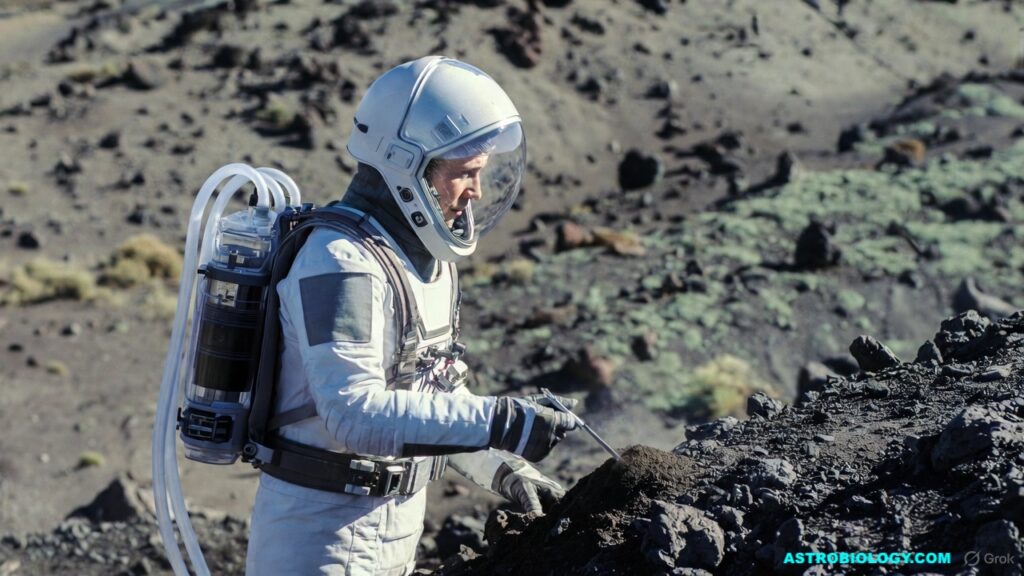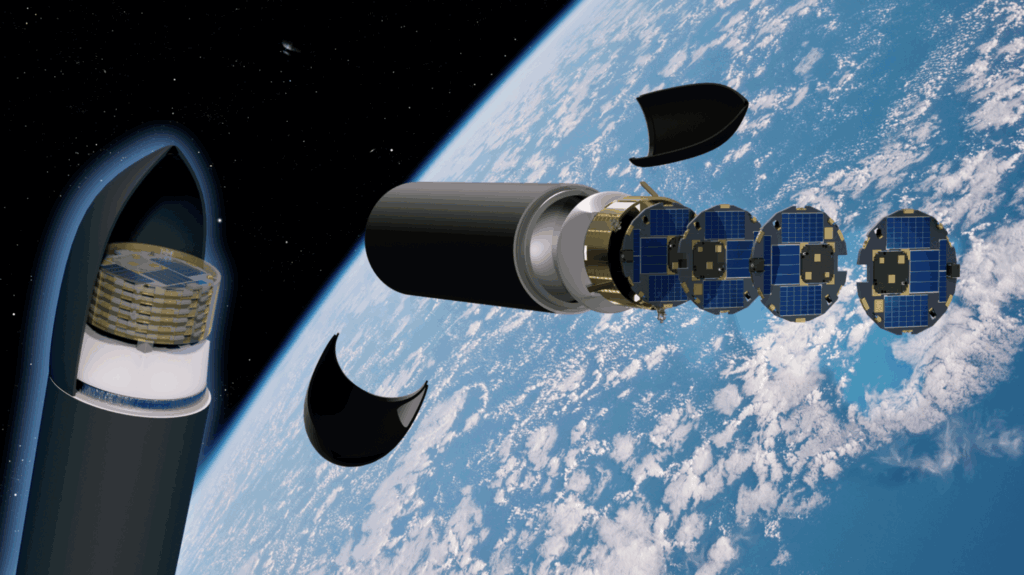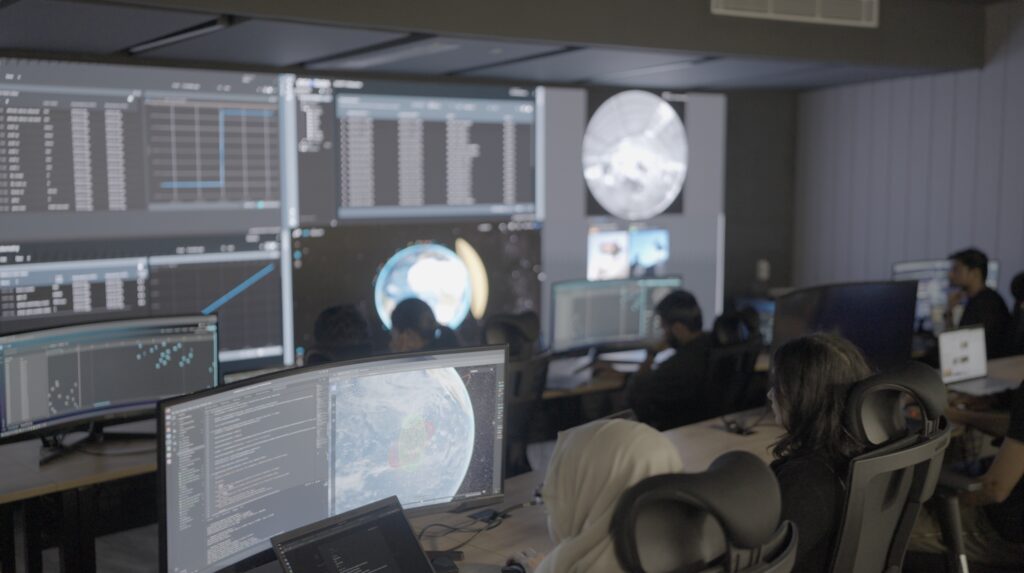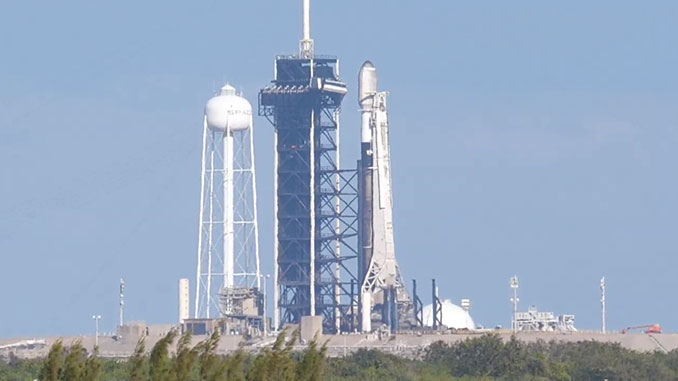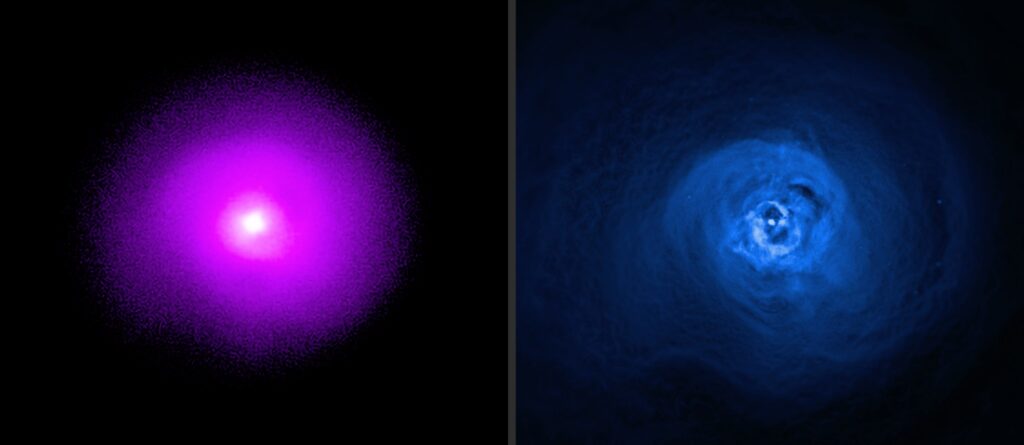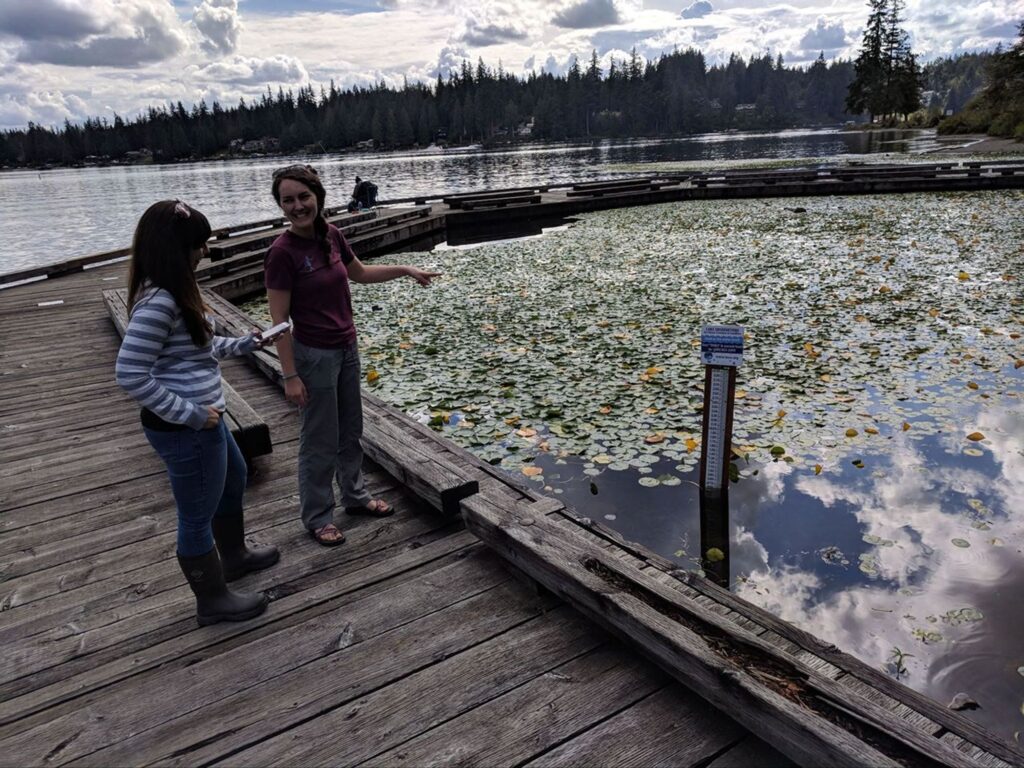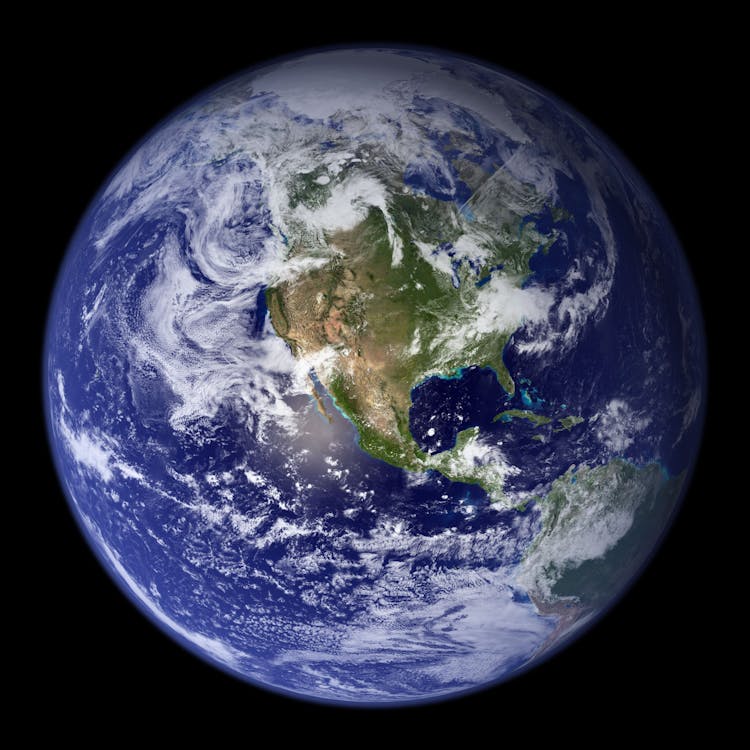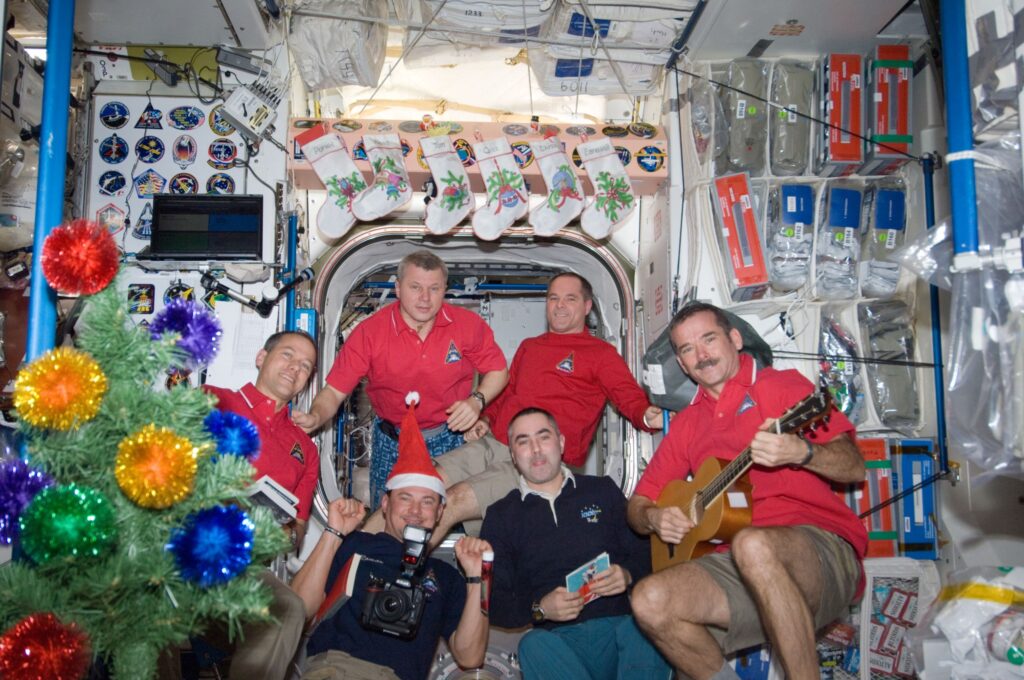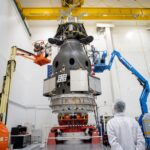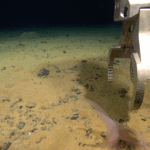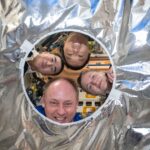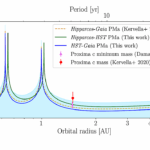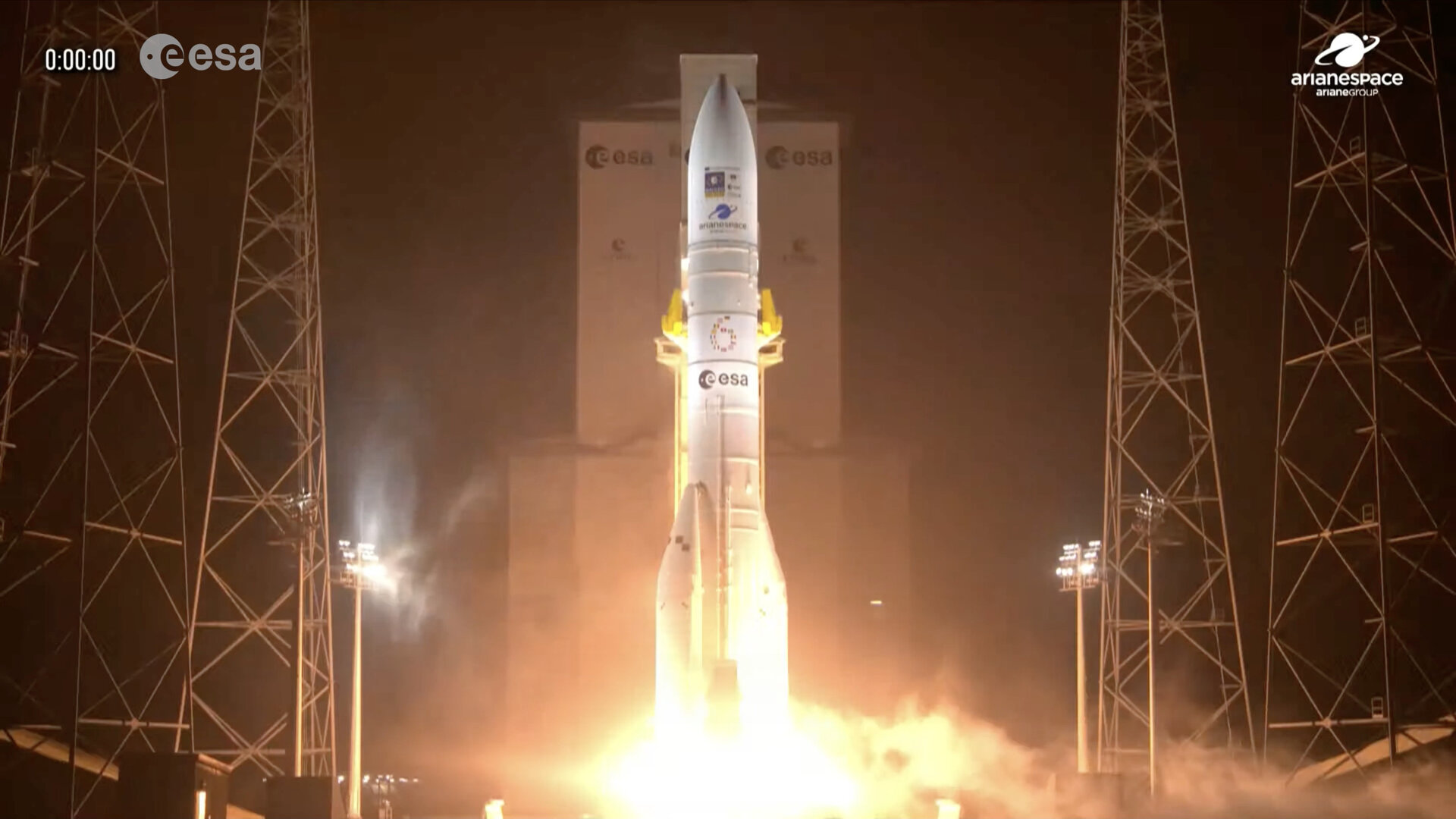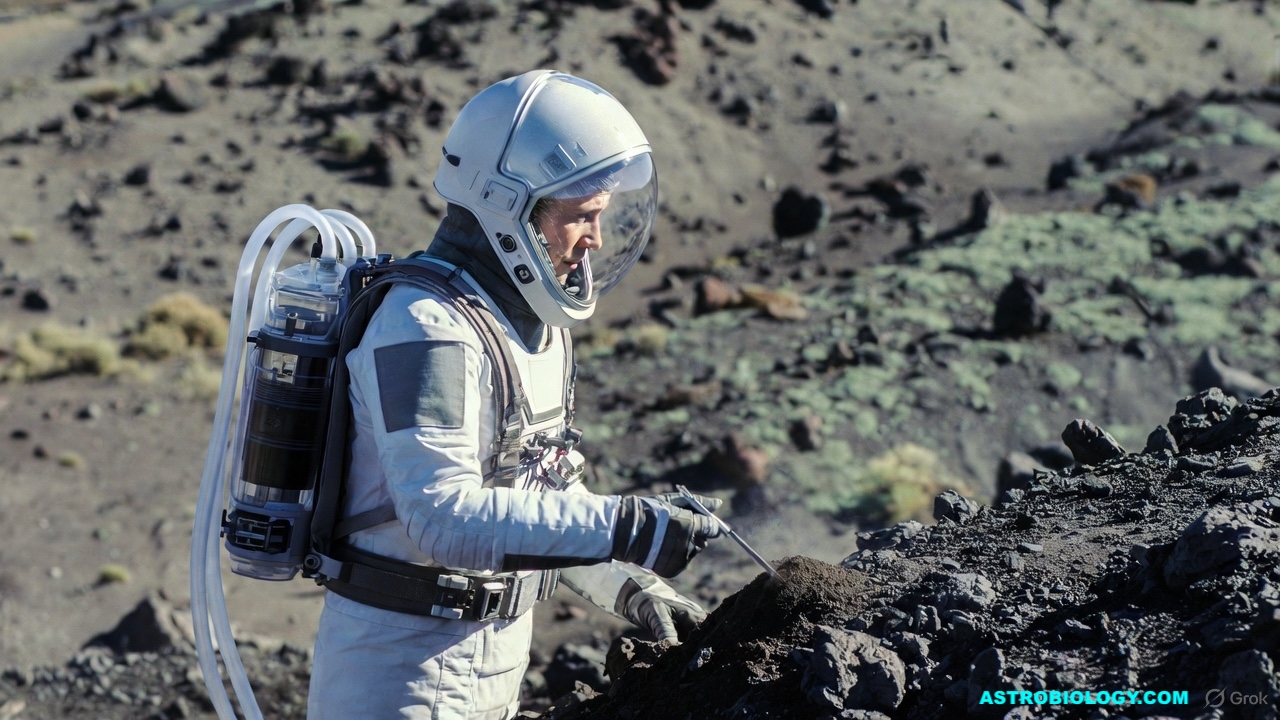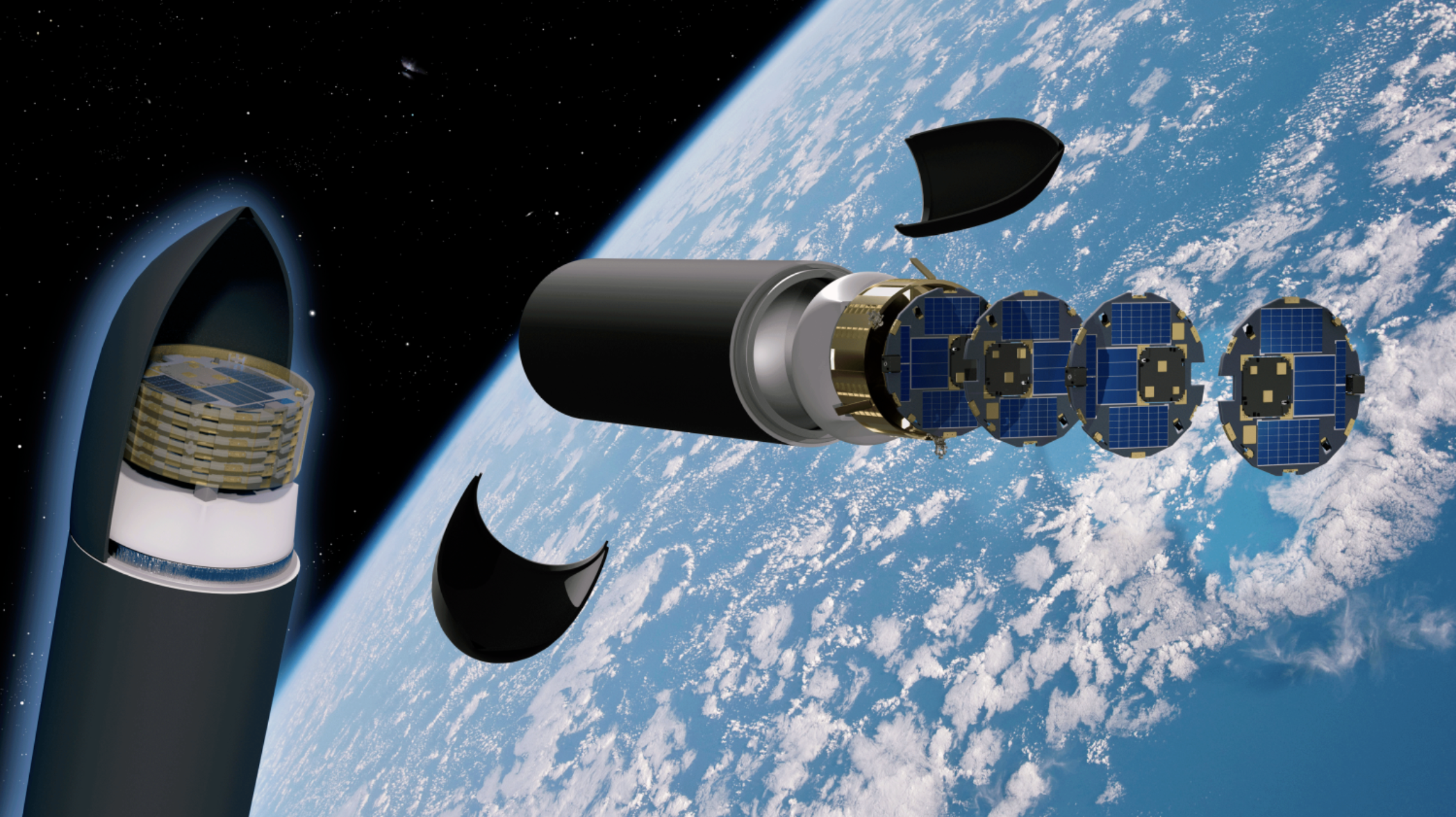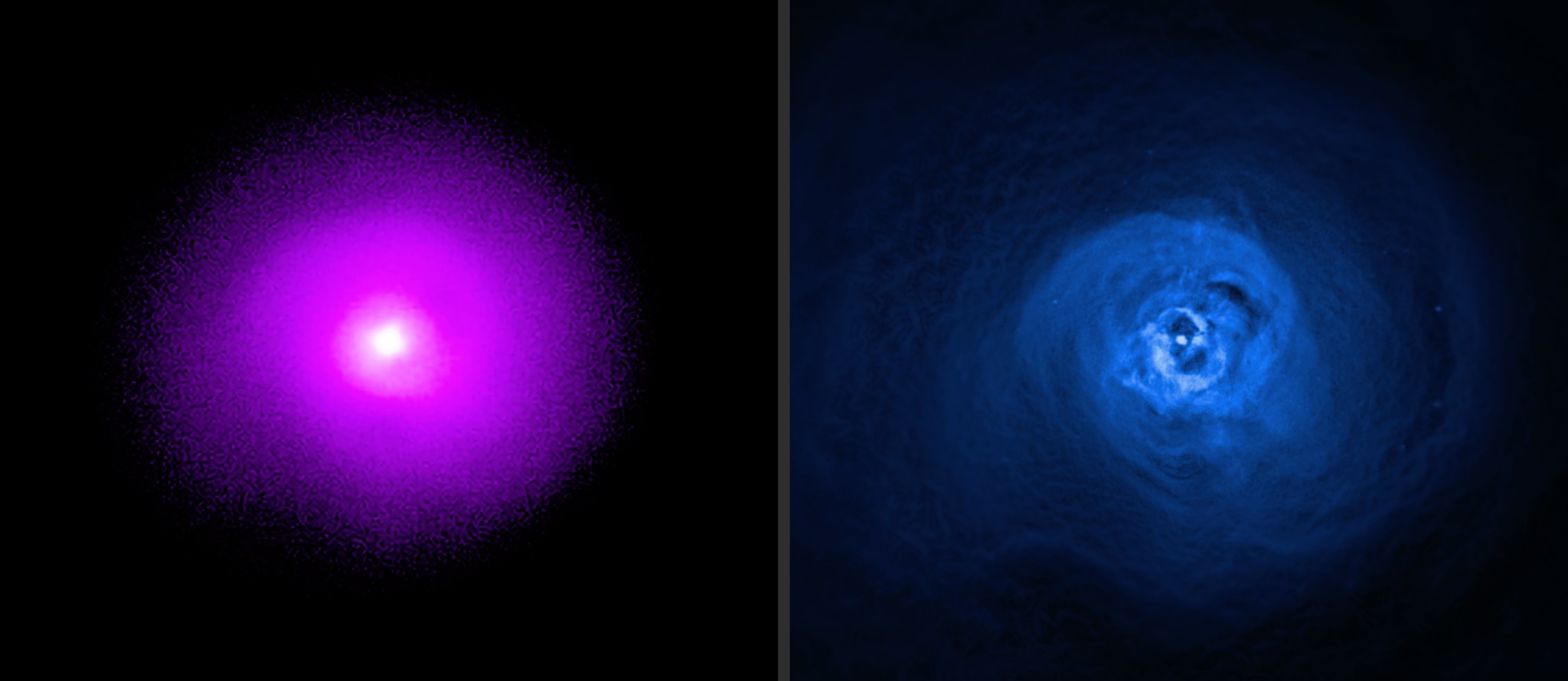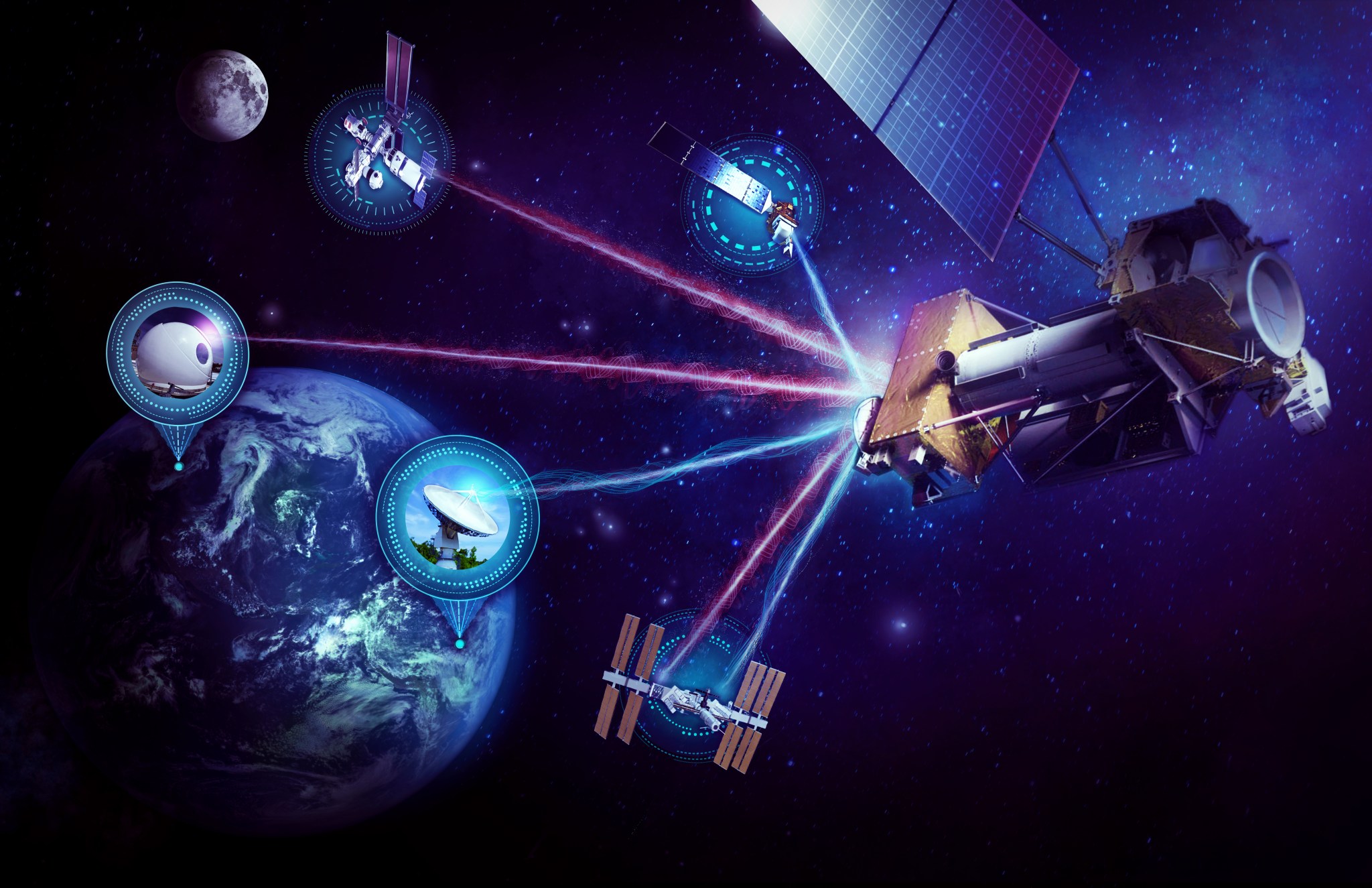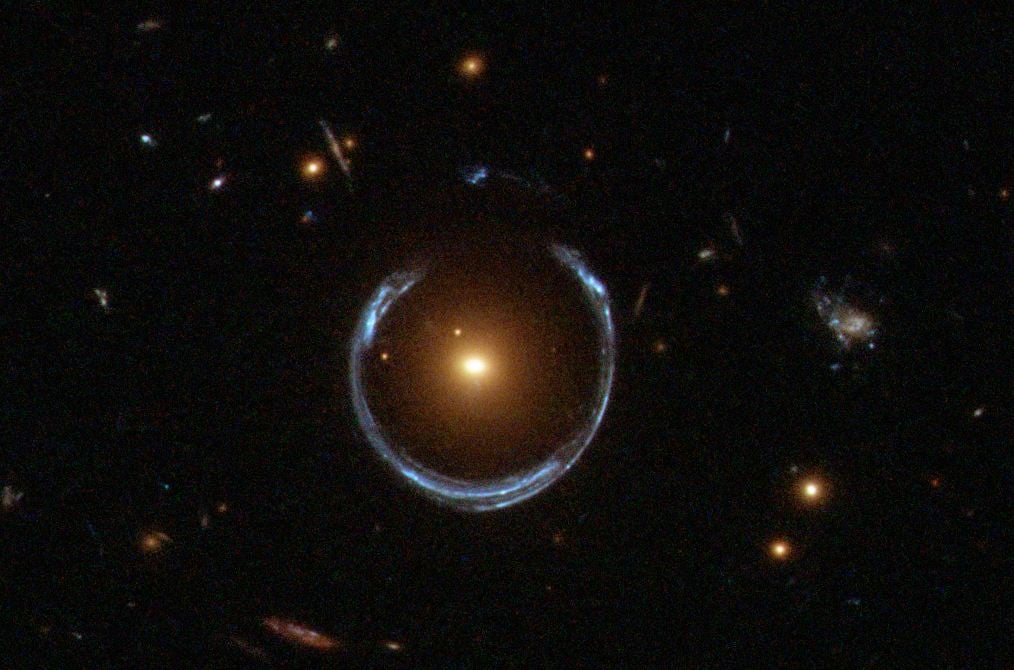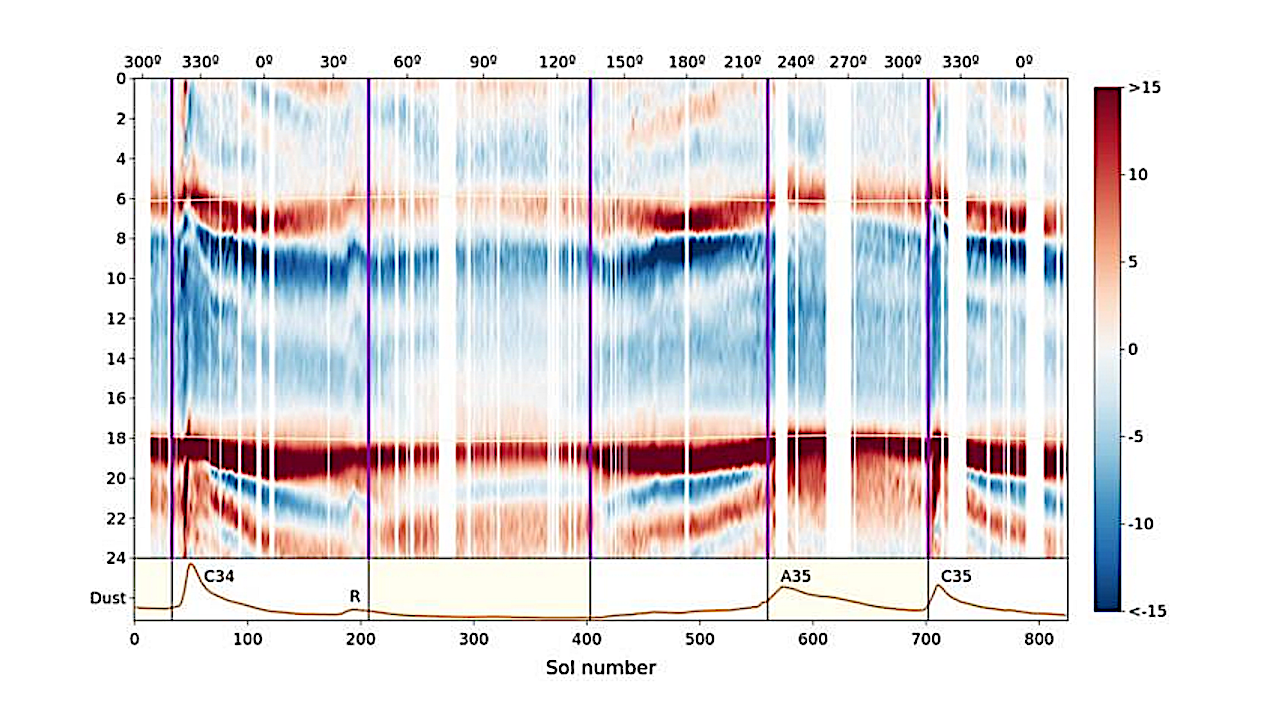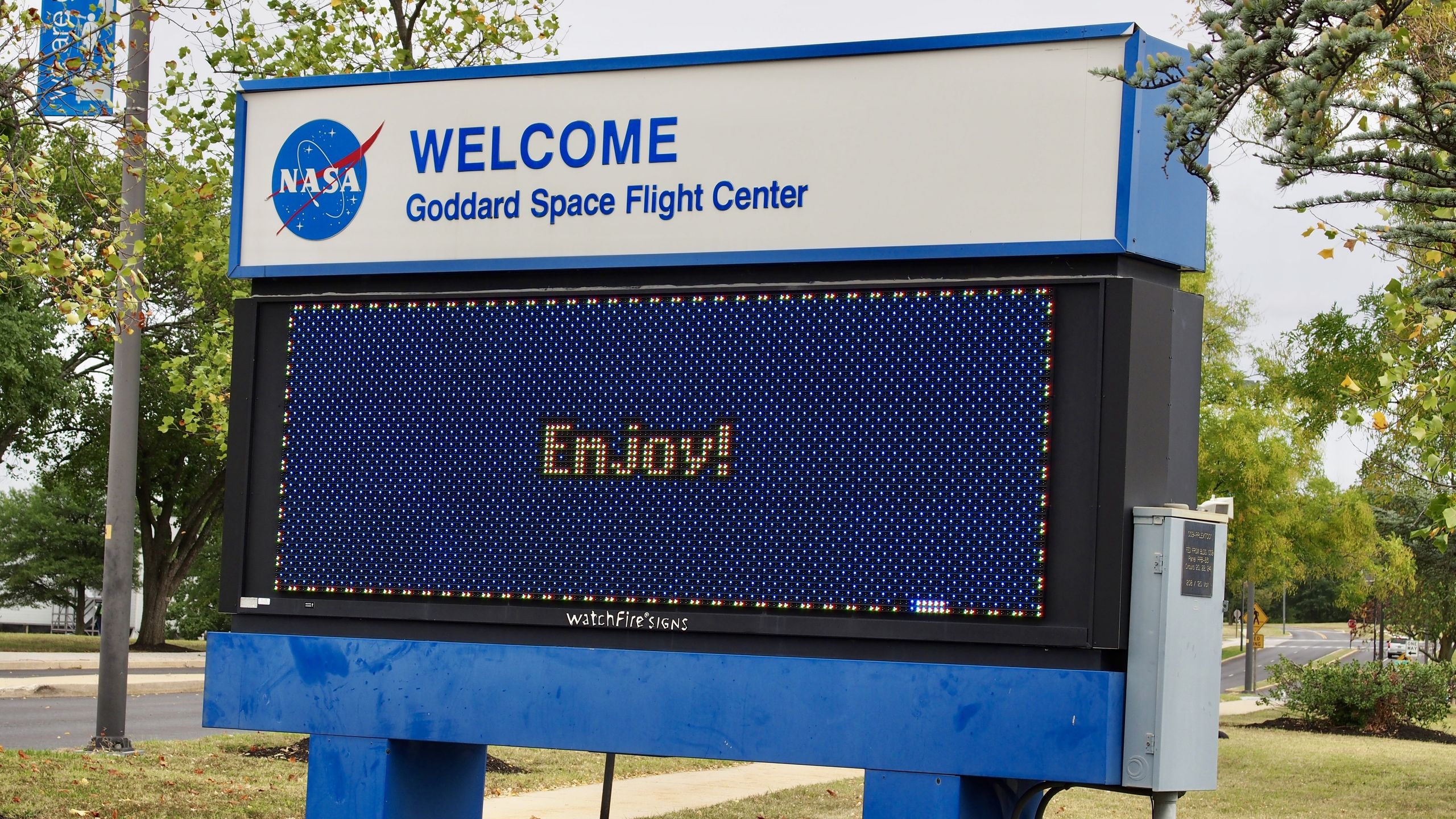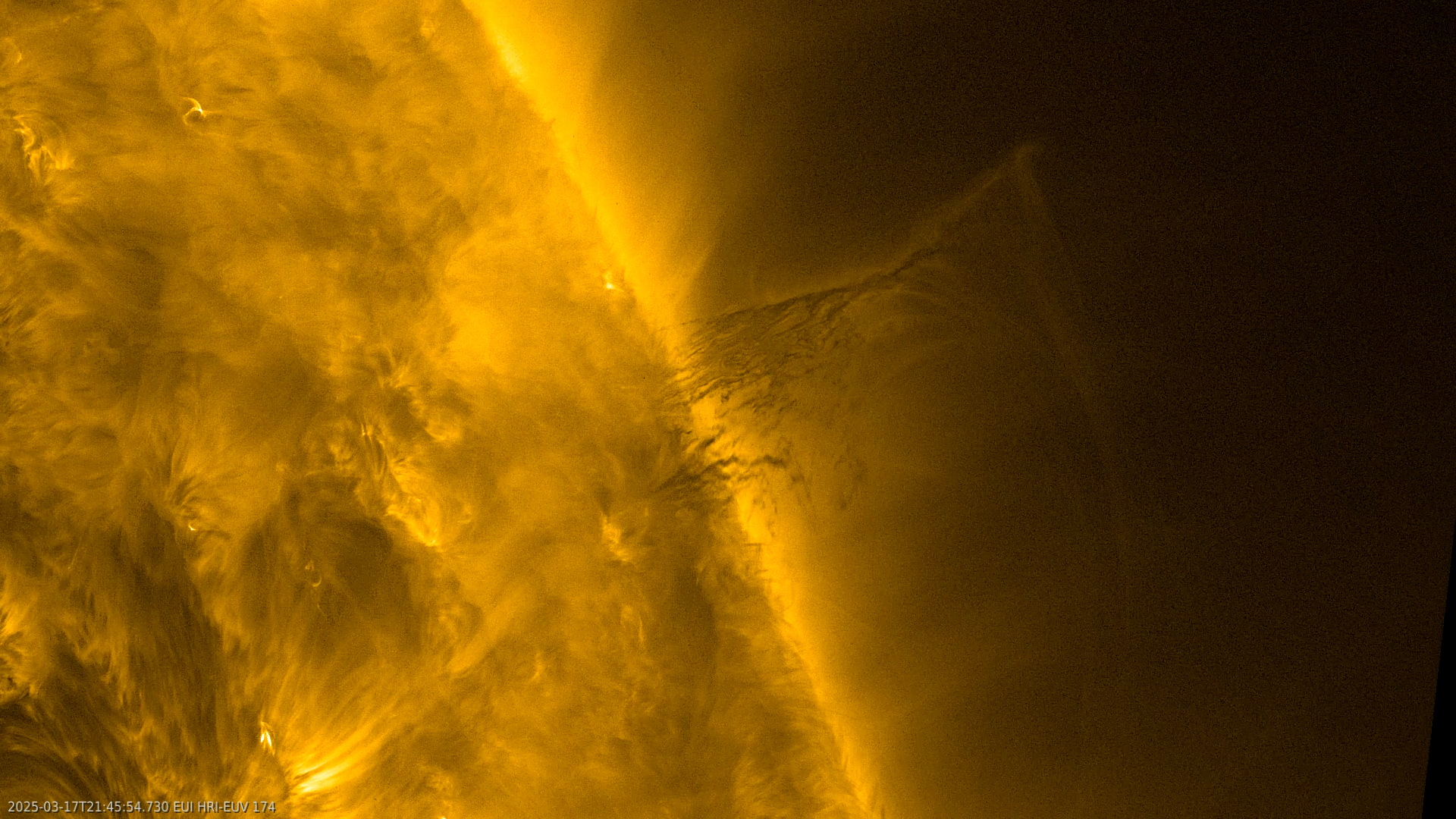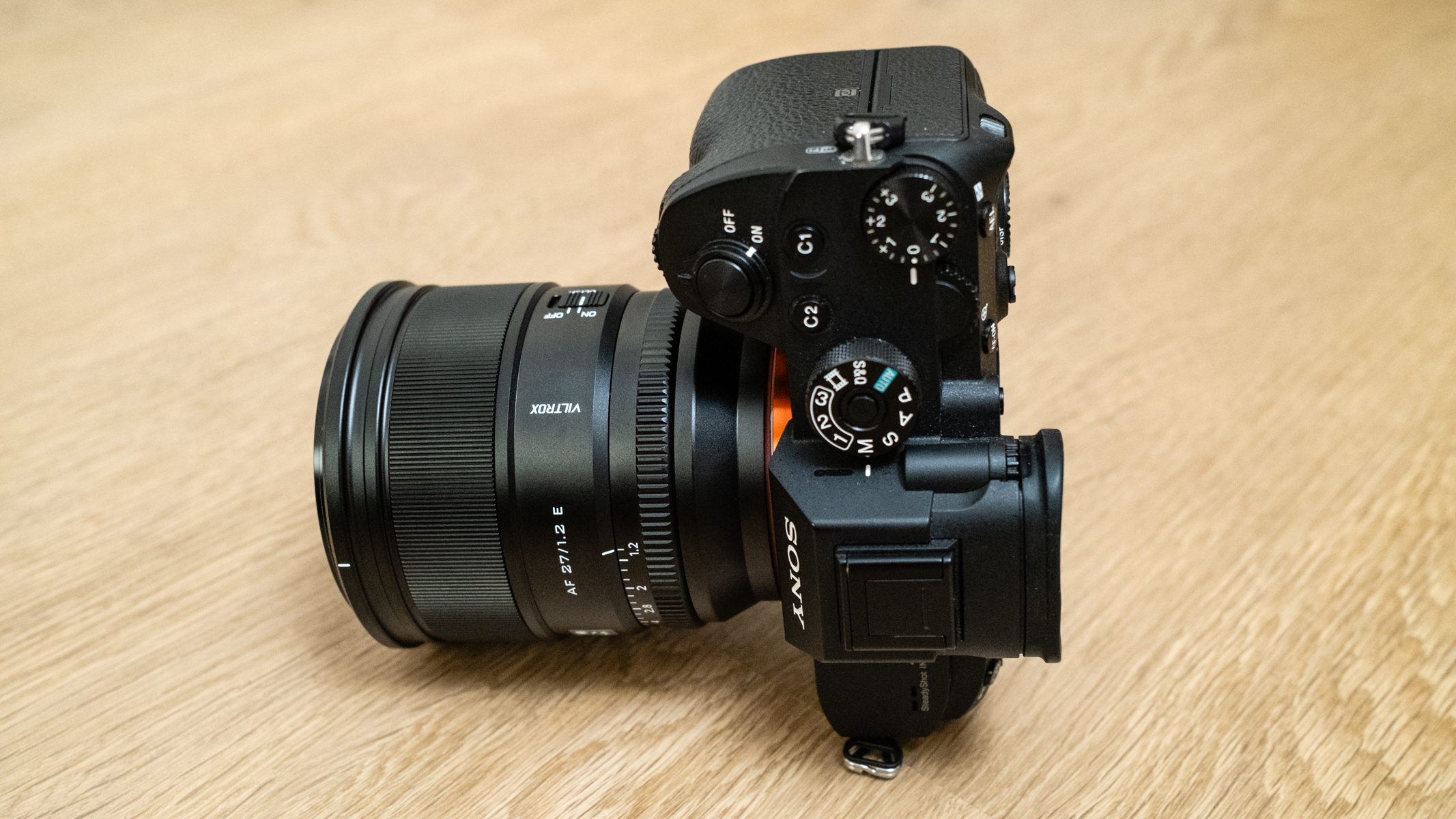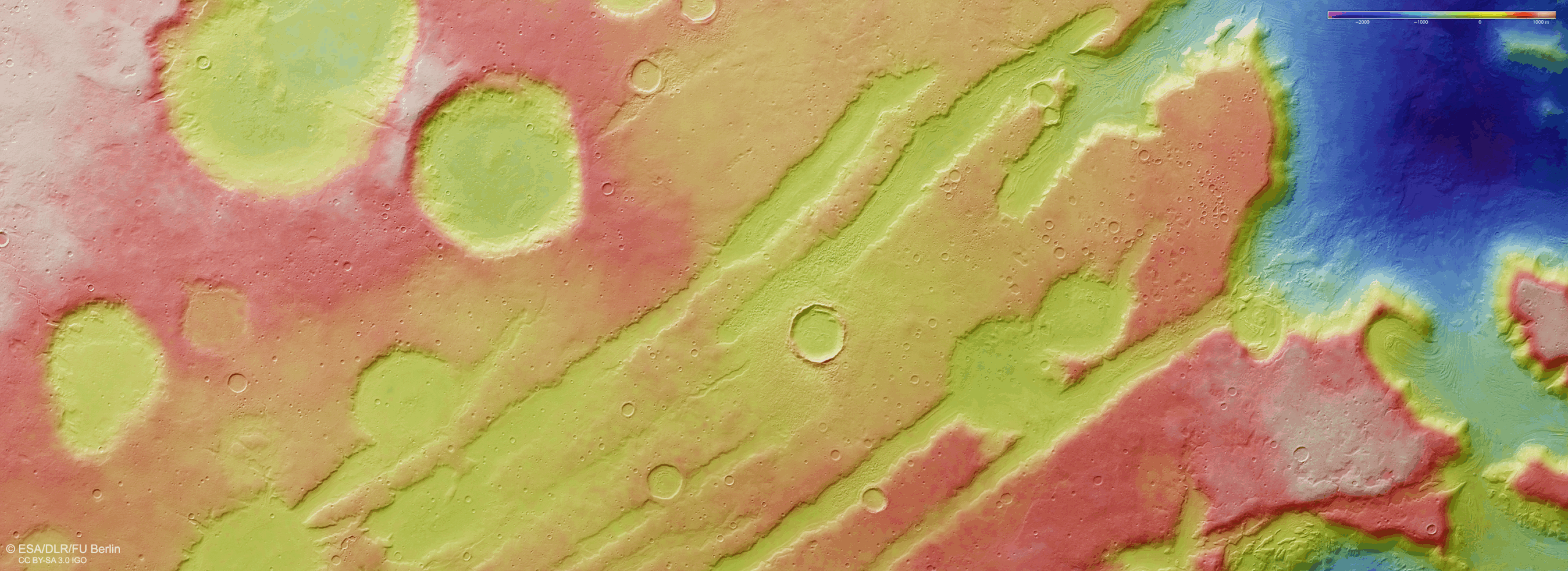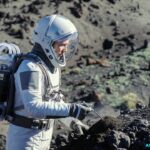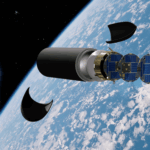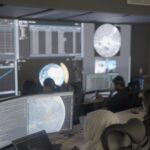Galaxy clusters are the largest gravitationally bound structures in the universe, with each containing hundreds or even thousands of galaxies. When two of these giants collide, they send powerful shock
Artistic rendering of the High-Rate Delay Tolerant Networking protocol being used on the Laser Communications Relay Demonstration to transfer radio and optical communications between Earth and space. Credit: NASA NASA’s
Astronomers have used machine learning to discover seven new quasar lens systems, arrangements where a quasar’s host galaxy bends light from a more distant galaxy behind it. The find more
Climatology of diurnal pressure variation (dP/dt) in units of Pa h⁻¹. High-frequency signals (with periods shorter than 3,700 s) were removed from the original time series prior to differentiation. Sunrise
Maryland’s entire Democratic congressional delegation is demanding answers from NASA about unexplained building closures, workforce losses and accelerated consolidations at the Goddard Space Flight Center in Greenbelt, Maryland, during the
Creator Vince Gilligan, the clever mind that brought us “Breaking Bad” and “Better Call Saul,” has blessed sci-fi lovers with “Pluribus,” the captivating new 10-episode dramatic series. The quirky show
Getting time on the James Webb Space Telescope (JWST) is the dream of many astronomers. The most powerful space telescope currently in our arsenal, the JWST has been in operation
The Sun is always mesmerising to watch, but Solar Orbiter captured a special treat on camera: a dark ‘prominence’ sticking out from the side of the Sun. The dark-looking material is dense plasma (charged gas) trapped by the Sun’s complex magnetic
Key specs Type: APS-C prime lens Focal length: 27mm (40.5mm equivalent) Maximum aperture: f/1.2 Lens mount: Sony E, Nikon Z, Fujifilm X Weight: 19.93 oz / 565 g Dimensions: 3.23
Mars may have had its own version of an Ice Age that reshaped parts of the Red Planet and carved deep “scratches” in its surface that remain visible today. New
-
 012024 in Review: Highlights from NASA in Silicon Valley
012024 in Review: Highlights from NASA in Silicon Valley -
 02Panasonic Leica Summilux DG 15mm f/1.7 ASPH review
02Panasonic Leica Summilux DG 15mm f/1.7 ASPH review -
 03From Polymerization-Enabled Folding and Assembly to Chemical Evolution: Key Processes for Emergence of Functional Polymers in the Origin of Life
03From Polymerization-Enabled Folding and Assembly to Chemical Evolution: Key Processes for Emergence of Functional Polymers in the Origin of Life -
 04How New NASA, India Earth Satellite NISAR Will See Earth
04How New NASA, India Earth Satellite NISAR Will See Earth -
 05And Thus Begins A New Year For Life On Earth
05And Thus Begins A New Year For Life On Earth -
 06Astronomy Activation Ambassadors: A New Era
06Astronomy Activation Ambassadors: A New Era -
07SpaceX launch surge helps set new global launch record in 2024


